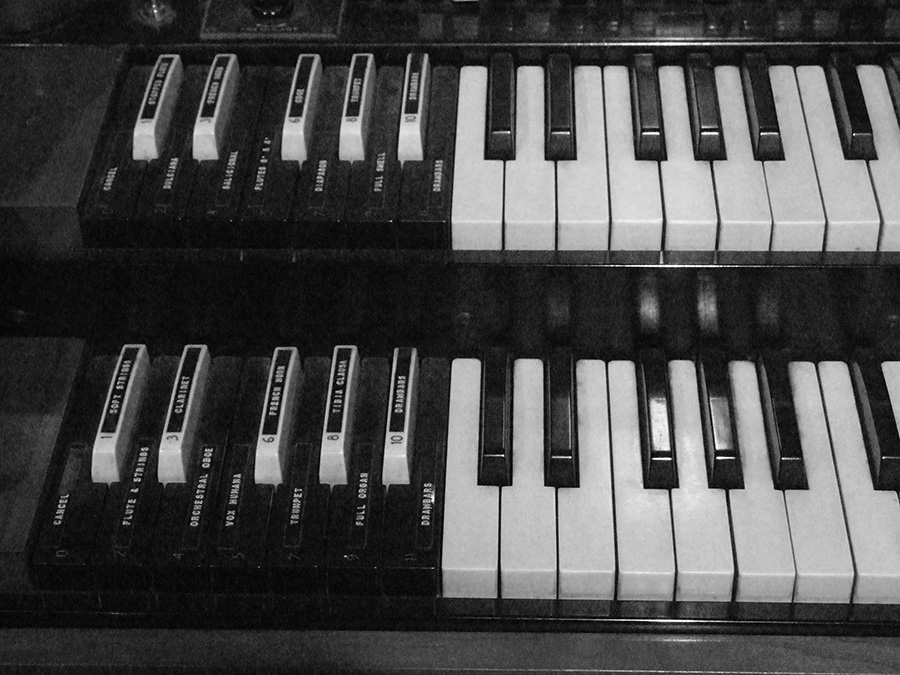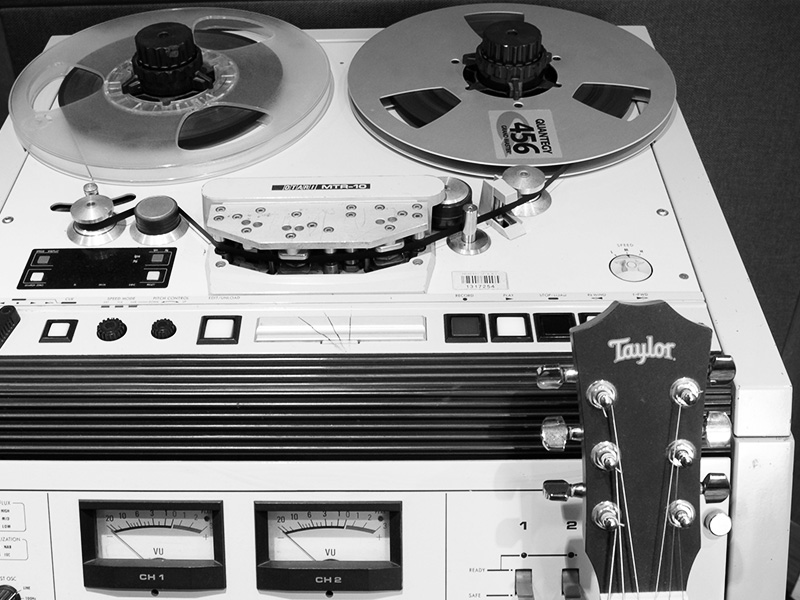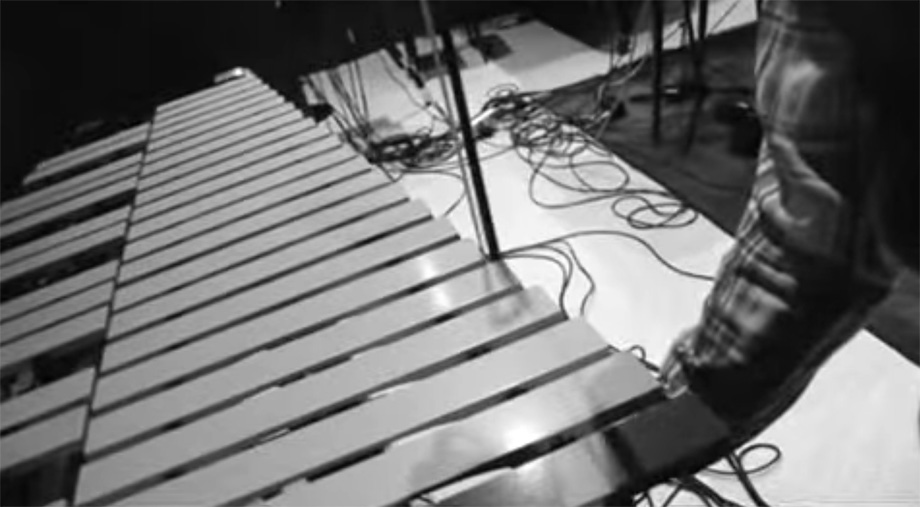Attaining the musical ‘glue’ in a mix is one of the more nebulous pursuits in production. So what are we actually searching for in the quest? Essentially, it’s the aural sensation of all the sound sources in a mix happening in the same environment, the most natural way possible. Though there are many ways of attaining the glue in the mix, let’s break it down into three, bite-sized categories: Space, Grouping and Arrangement.
There is this elusive thing in sound recording that we describe as musical ‘glue’ – it’s a little hard to describe but it’s a very real thing and we’re on a quest to help you get it.
Space
Space can be created naturally, or by way of effects – especially reverb. If you record all the sound sources in one physical space, the sounds will bleed into each microphone in the space, even if not intended. This isn’t desirable in lots of recording scenarios, because you sacrifice some control of all the microphone channels later in the process. Yet, this is possibly one of the most natural ways to achieve glue. If you can capture great sounds, from any source, in any microphone, then good news, right? Well, not in every case. This recording style relies heavily on attention to detail in microphone positioning in order get to the best possible sound not only from the source you are directly miking, but the spillover sources too.
Reverb can also be utilised in creating a common environment amongst multiple instruments. Having a standard reverb auxiliary track is a tried and true technique in mixing for generations; a thoroughly reliable way of creating glue. Further exploration of the reverb parameters is often required to create a realistic impression of a single aural environment though. Altering the pre-delay (the time it takes for the sound to reach its first reflection point) can achieve a realistic depth and make it seem that different instruments are in the same room, even if they weren’t recorded that way.
Grouping
Grouping a set of tracks together and sending them on the same mix bus through a particular signal chain can create glue in the mix. For example, combining the rhythm section tracks of a band and sending them to an analog tape machine – so they can be processed with tape compression – and then brought back into the mix, so overdubs can be completed with a glued backing track is often desirable.
The same could be said of sending an entire mix to a tube compressor or limiter in the mastering phase. This technique is all about the grouping of tracks through the circuitry of one device, to receive the benefits of the “musical” or “forgiving” characteristics of that particular piece of kit. This technique is only limited to the audio engineer’s imagination and the studio’s amount of inputs and outputs.
Arrangement
Creating the glue in the arrangement phase of an audio production is potentially the most satisfying because it undoubtedly yields the most naturally musical results. The previous techniques come essentially after the music has been written. When exploring the possibility gluing the mix while arranging, however, you can ensure the cohesion of the ensemble, whatever the recording environment.
Instrument choice has a lot to do with this. Combining complementary – but not necessarily similar – tone colours can offer up amazing results. Consider the materials that instruments are made of: the string section will always sound good together, since the instruments use the same materials and produce sound in the same way. Yet, you can achieve even more interesting combinations with instruments made of common materials, but different methods of creating sound. A case in point is the relationship between the flute and the vibraphone. Both instruments are made of metal, yet the vibraphone creates a percussive sound with a harder attack; the flute, a mellow envelope, with a soft attack. Combine the two, however, and you have a complex and unique envelope, using a technique similar to additive synthesis.
Using particular sustaining instruments, like the Hammond organ, can provide glue and sympathetic tone colour to any amount of sound sources. The Hammond, itself an additive synthesis machine, is capable of any amount of unique sound generation and can be slotted easily into an arrangement if in need of that elusive glue.
The thing most beneficial about any of these techniques is that it requires a great deal of experimentation by all involved. It’s a great way to add a natural atmosphere to a mix, and will encourage performers and engineers to work together to get the most out of their recording environment.


